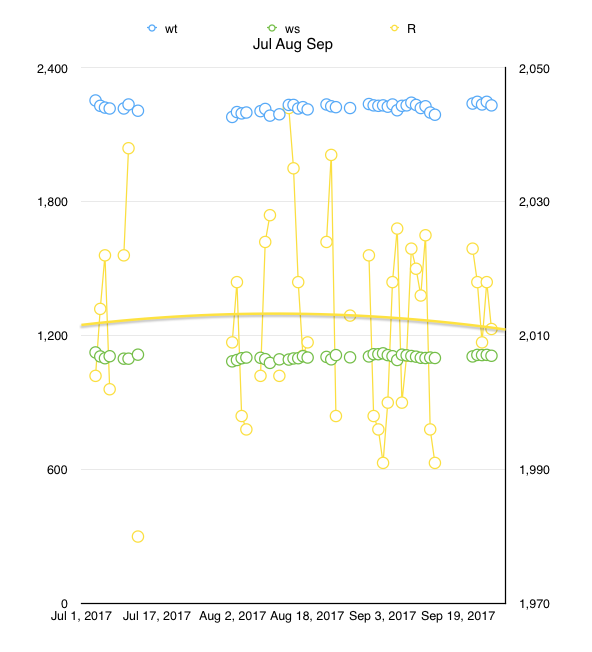Never use a long word where a diminutive one would suffice. When you want to keep a story moving don’t spend a lot of time going on circuitous side trips when you could instead proceed directly to the most interesting, active parts. Like that time I was in the Antarctic with Ernie and we had to abandon the Endurance to the ice, it’s important to use good visuals to make your point in as few word as possible. Also, there are clear rules for writing, such as: One should only write authoritatively about that which one actually knows. Other rules include: Don’t overuse colons; It’s important to know how to use a semi-colon.
Not sure how I got on that train of thought. It simply struck me to try writing a paragraph which was maximally incorrect. I should probably exercise more restraint. But what started this post— What prompted my title selection was:
I’ve decided to stop tracking my waist measurement. It simplifies my crazy list of things I try to do every day, sure. It also eliminates the number of times I go to weigh/measure and have to double-back for reading glasses to see the tailor’s tape. I had started tracking it so that I could calculate my waist to weight ratio. After a few years I’ve learned that the ratio is telling. Not in a depressing way, but it’s a very interesting number—I can tell my level of fitness, how I’ll feel if I try to do something (say, go run, or boulder,) and it’s a great indicator. But having the data didn’t enable to do anything. ¯\_(ツ)_/¯ So, lest I go ever onward adding processes and things and systems and numbers— ahem. Dropped it.
ɕ
